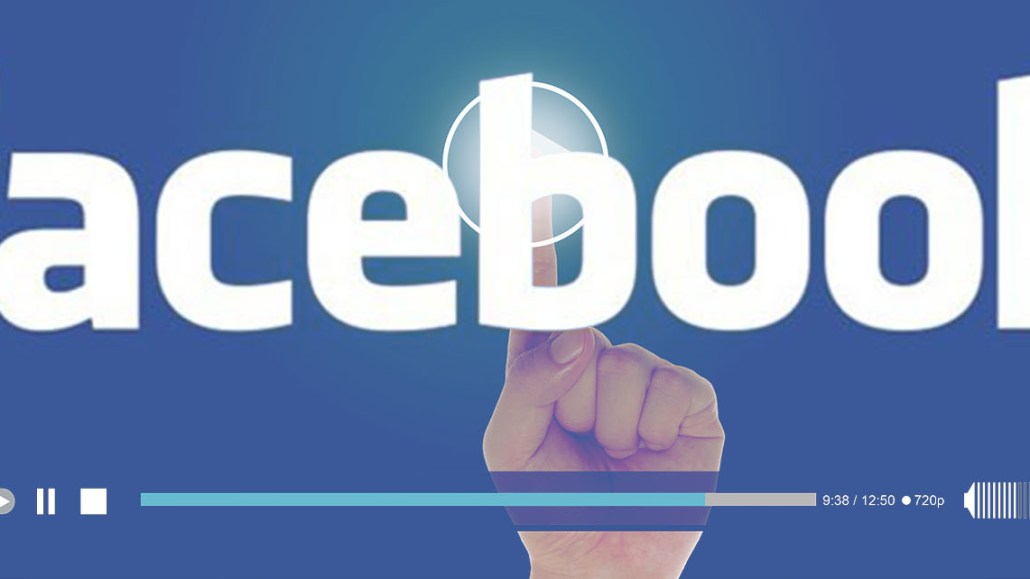Insights from CTV leaders at Dentsu, Horizon Media and more

When scrolling through social media, are consumers actually seeing the ads? Brands want to know how much impact their messages are having in that environment, where their ads compete with content that is just a quick swipe away.
That’s why advertisers are putting pressure on platforms to deliver higher thresholds for what counts as an ad view. The brands want to know if they’re charged even when someone flicks by their post.
This week, Facebook came up with its answer: guaranteed impressions. The impression counts when the entire ad passes through a person’s screen.
For advertisers, this new option is a guarantee that their ad is being seen. But Facebook is not making time a factor, which means an ad is counted as being viewed even if the user scrolls so fast that the ad is just a blur.
Some ad execs were skeptical that Facebook’s viewability standard would satisfy the industry, which has been asking also for minimums on how long a video plays before it counts as a view.
“That people can recognize an ad in a fraction of a second is laughable,” said one ad agency executive, speaking on the condition of anonymity. “Yes, that’s true for an ad that has a massive media budget behind it and becomes a known entity. But how can any ad get its message across if it only registers for less than a quarter of a second?”
Other feed-based media platforms including Pinterest and Twitter present similar advertising environments — and challenges. Snapchat, where users swipe left to right rather than up and down, counts a view as any video that loads, even for a fraction of a second.
Snapchat has told advertisers that its ad offering is valuable, even if a user quickly skips the ad. The messaging app has always promoted its ads as 100 percent viewable because they take up the whole screen, if even for a fraction of a second, much like Facebook’s guarantee view standard.
The social platforms are challenging advertisers to improve their ads so users don’t want to scroll past their videos. The more an ad fits a platform’s style, the more the audience engages.
For instance, with Facebook, where ads have no sound, advertisers have had to get creative with subtitles and catchy imagery to get people to stop scrolling through their feeds.
“I’m really enjoying how the creative community is adapting to this new canvas,” said Gian LaVecchia, managing partner and digital content marketing lead at MEC North America. “You’re beginning to witness clever storytelling techniques emerge that leverage compelling text overlay’s, high-impact visuals, smart opening bumpers.”
Facebook is studying user behavior, finding where people’s thumbs stop, on what posts, for how long, how fast they scroll, and the like. The social network and other platforms would argue that valuable impressions are made in split seconds, that today’s media consumers are able to absorb a message and move on in an instant.
It’s clear that users are becoming more adept at filtering through their feeds to ingest the content they want and discard the pieces they don’t — and they’re quicker about it, too, according to Monica Lay, senior product marketing manager at Adobe Digital Marketing.
“No doubt, we can say qualitatively that given the massive uptick in the amount of content available to us, consumers are conditioned to zoom through content,” Lay said.
Facebook put out a blog post to announce its new viewability guarantee and a new partnership with Moat, the measurement firm that will measure views for brands.
More in Media

Ad Tech Briefing: The ‘plumbers’ posing as the unlikely saviors of the internet
After several false dawns, can Cloudflare’s ‘anti-AI scraping tool’ finally offer publishers a road to commercial redemption?

Generative AI, not ad tech, is the new antitrust battleground for Google
Global regulatory scrutiny is shifting from Google’s ad tech and search dominance to generative AI, as they aim to address the most pressing threats to publisher business models.

Yahoo takes cues from platforms as it offers more editorial control to creators
Through its creator program, Yahoo is evolving from its roots as a content aggregator and editorial publisher to more of a distribution platform for individual creators.





